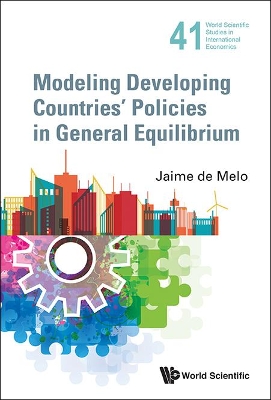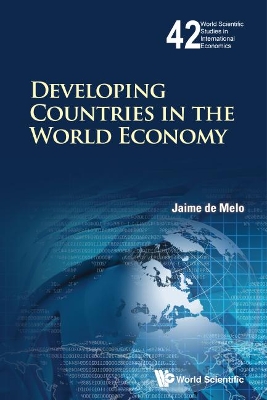World Scientific Studies in International Economics
2 primary works
Book 41
Modeling Developing Countries' Policies In General Equilibrium
by Jaime de Melo
Published 1 January 2015
Policies affecting resource allocation across tradable sectors and those affecting the incentives to produce tradable activities are key determinants of macroeconomic balance and growth. Computable general equilibrium models have made significant contributions to both types of policies. With advancements in computing power and software, these models have become easy to implement and are now widespread. The question then is when and how to formulate them to avoid the ‘black box’ syndrome.This book seeks to address these issues through carefully selected essays that analyse how to model general equilibrium linkages in a single economy, across developing and developed economies, and across both micro and macro policies. Micro policies examined include tariffs quotas and VERs, the choice of taxes to maximize government revenue, migration and remittances, and the political economy of tariff setting. Applications on macro policies cover capital inflows, real exchange rate determination, and the modeling of the effects of adjustment policies on income distribution.The book provides insights on the development of a family of models for diverse policy choices, focusing on the ways to model the following: links between tradable and non-tradable activities, labor markets, and portfolio choices given limited capital mobility. Selected essays are all inspired by specific policy problems, including the adaptation to external shocks (i.e. oil), consequences of capital inflows, determinants of migration and associated remittances, the productivity of foreign aid, and rent-seeking activities under trade regimes with non-price trade restrictions. Examples in this book lay out the theoretical foundations, alongside a variety of applications, to help formulate coherent and transparent models for policy analysis. Archetype economies are extensively used to show how differences in economic structure influence the effects of policies. Graduate students and policy analysts interested in modeling will find this a useful compendium of studies.
Book 42
Differences in the choices of trade and macro policies, both by developing countries and by developed countries towards developing countries, have been critical in determining the overall performance of developing countries. All too often, the performance of developing countries has not been assessed using appropriately conducted studies. The papers in this book are chosen to bridge this gap and show how a quantitative approach to policy evaluation can help resolve controversies and explain the choice of observed policies.The book brings together carefully selected papers that assess the impacts of various trade and macro policies, by quantifying the policies of developing countries at the macro level (exchange rate, investment, savings) and at the sector level (trade and industrial policies), in addition to policies of developed countries towards developing countries (trade preferences, quotas, VERs and migration policies). Facets of the political economy of trade, migration, and climate policies are explored (such as the enlargement of the EU, the rise of regionalism and how it can ease the pains of adjustment to trade liberalization, openness and inequality). Growing tensions between trade and the environment are also investigated. In short, this book covers a wide area of events ranging from external and internal shocks to external and internal policies, showing how the consequences of these events can be brought to rigorous quantitative analysis.

